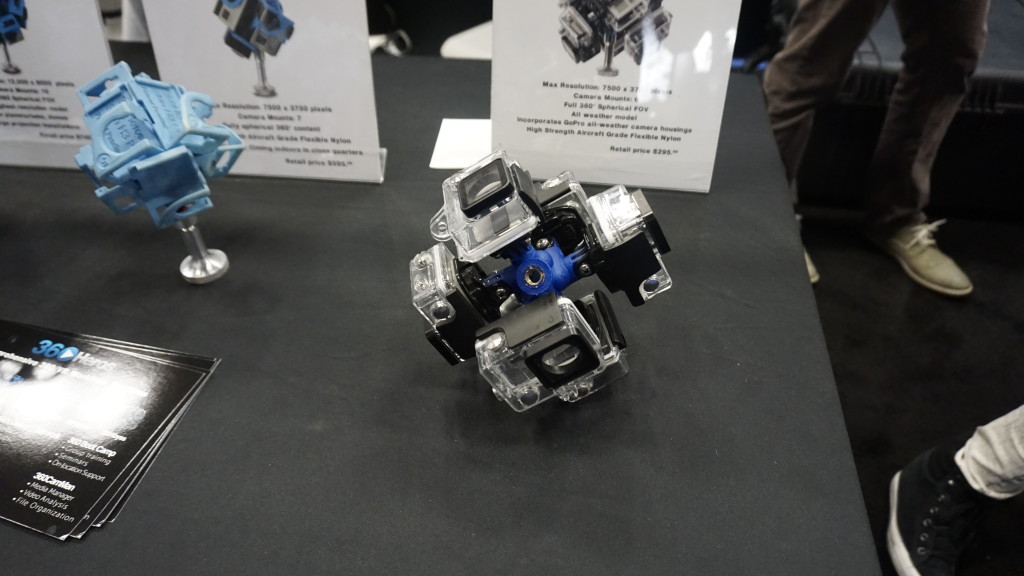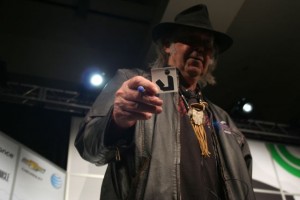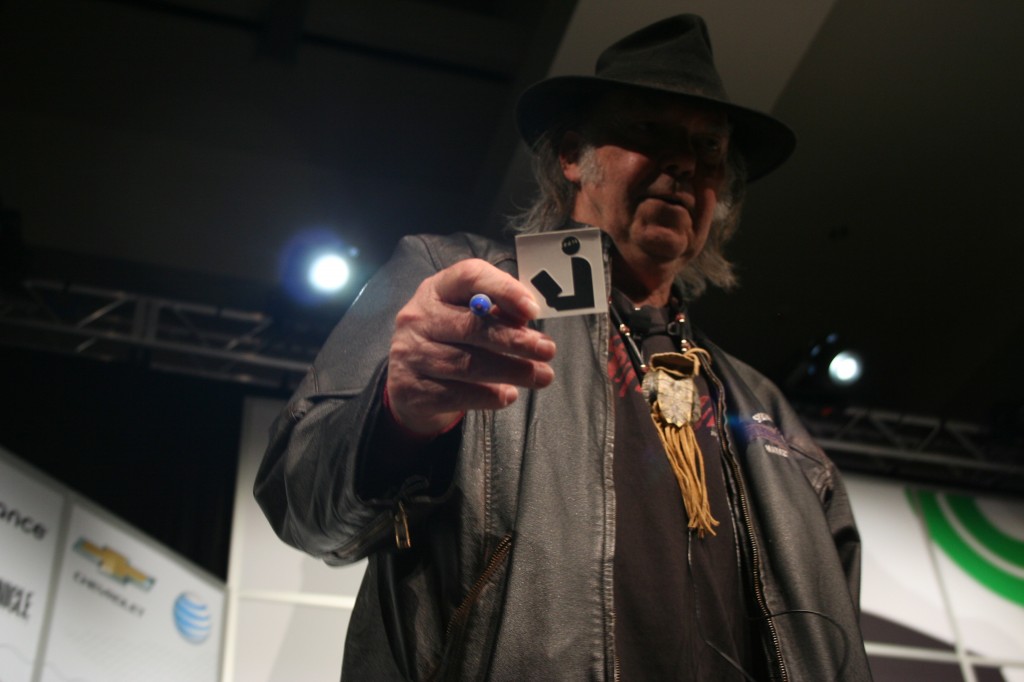Do you feel surrounded by automation and robots? Both are booming, and as our right side-view mirror often says: “objects are closer than they appear!” What’s a library to do? Please join me for a brand new talk on the subject on November 16!
While there’s nothing new about automation systems in libraries, recent developments in robotics (including autonomous vehicles, drones, and AI chatbots) is turning the whole notion on its head. How are these trends impacting our society now, and how might they begin affecting libraries? This session with Library Technology Consultant Carson Block takes a fun and thought-provoking look at the potential and pitfalls of robots and other automation in delivering public services.
Participants will:
• Learn how automation & robots are impacting life and work
• Learn how automation & robots are used – and may be used – in libraries
• Explore strategic perspectives on automation & robots
This presentation is sponsored by LibraryWorks and offered for a fee.
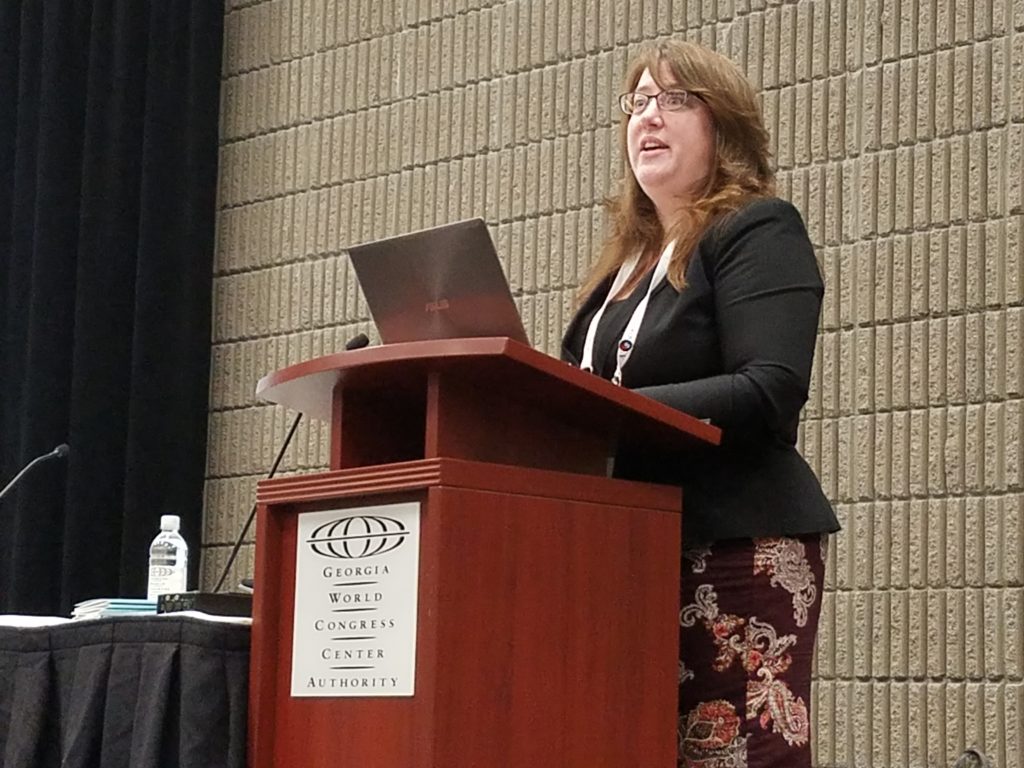
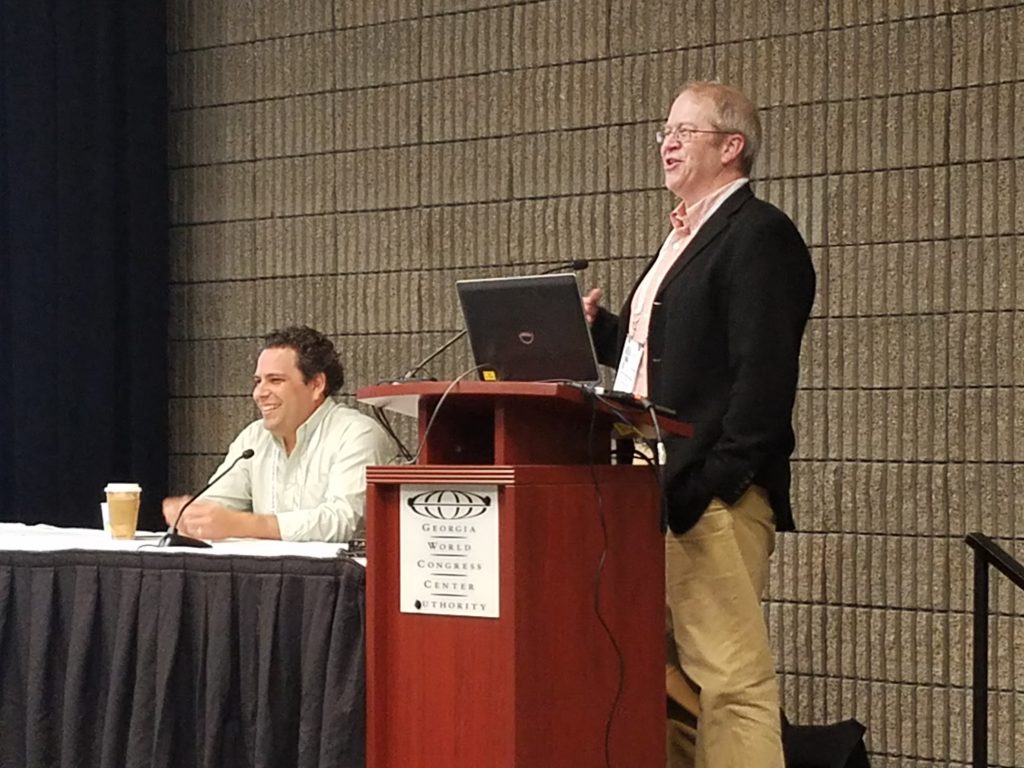
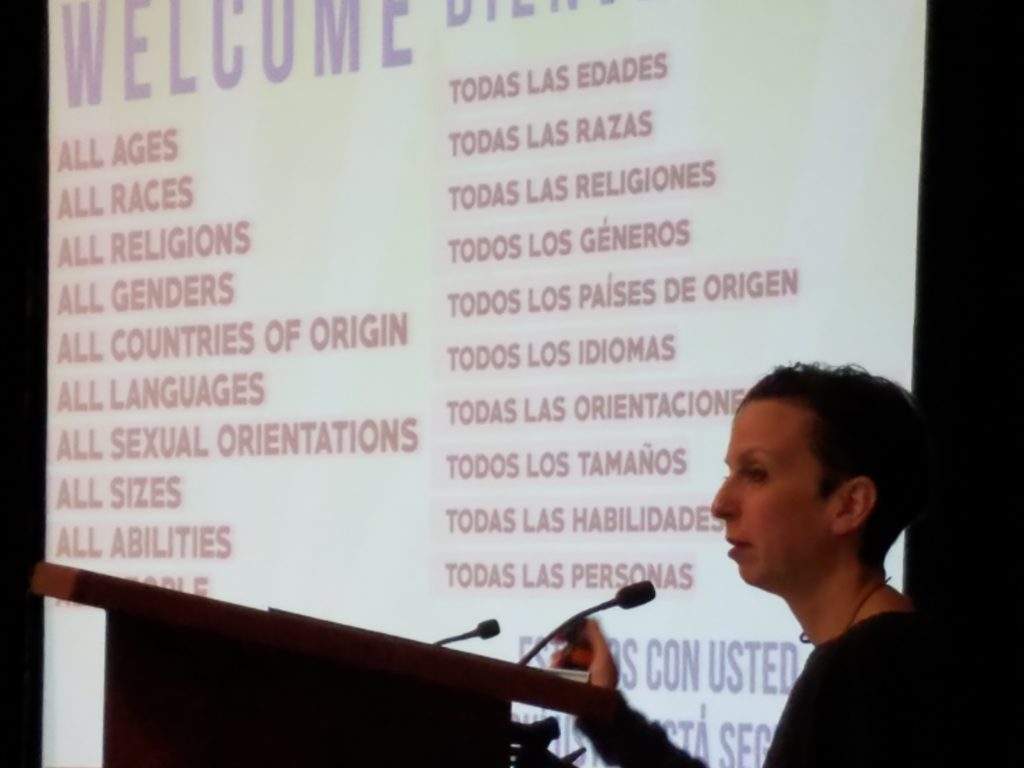

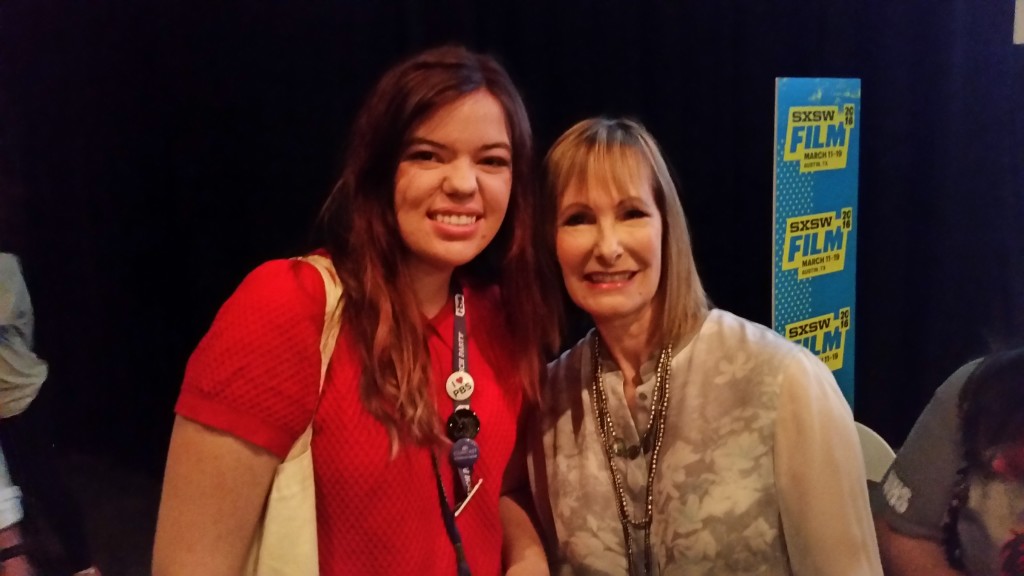
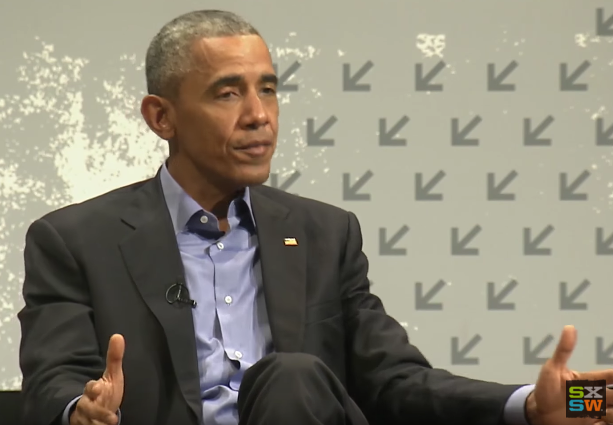
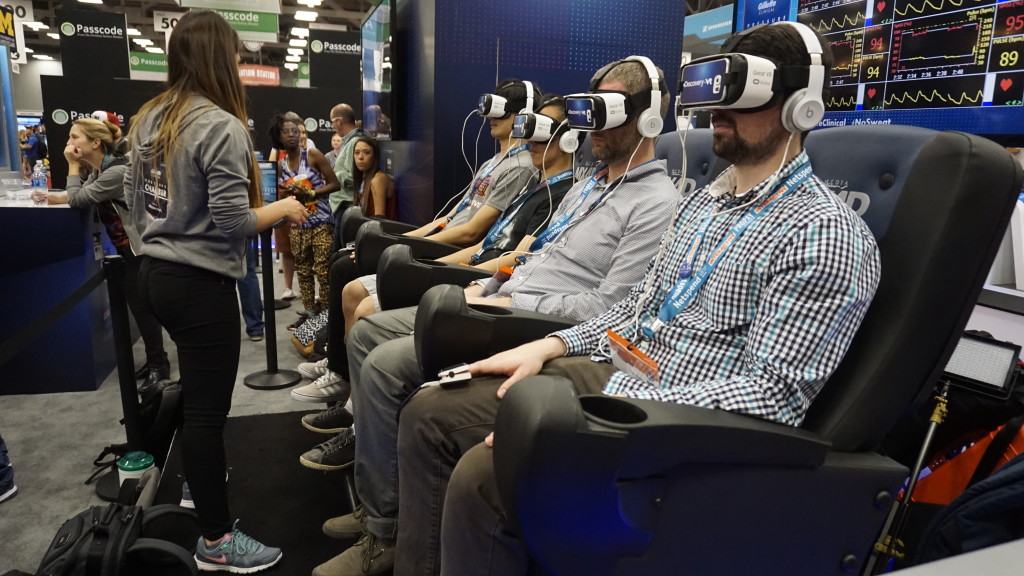 As SXSW 2015, experiencing Virtual Reality and Augmented Reality (also called VR/AR) was a rare treat, with only a handful of places to experience devices such as Oculus Rift. This year, VR/AR was everywhere, including the subject of a number of panels (including a special track during the gaming convention), a special selection of VR and AR vendors featuring ground-breaking use of the technology (not just from a “gee whiz” standpoint, but also as a way to personalize advocacy su
As SXSW 2015, experiencing Virtual Reality and Augmented Reality (also called VR/AR) was a rare treat, with only a handful of places to experience devices such as Oculus Rift. This year, VR/AR was everywhere, including the subject of a number of panels (including a special track during the gaming convention), a special selection of VR and AR vendors featuring ground-breaking use of the technology (not just from a “gee whiz” standpoint, but also as a way to personalize advocacy su